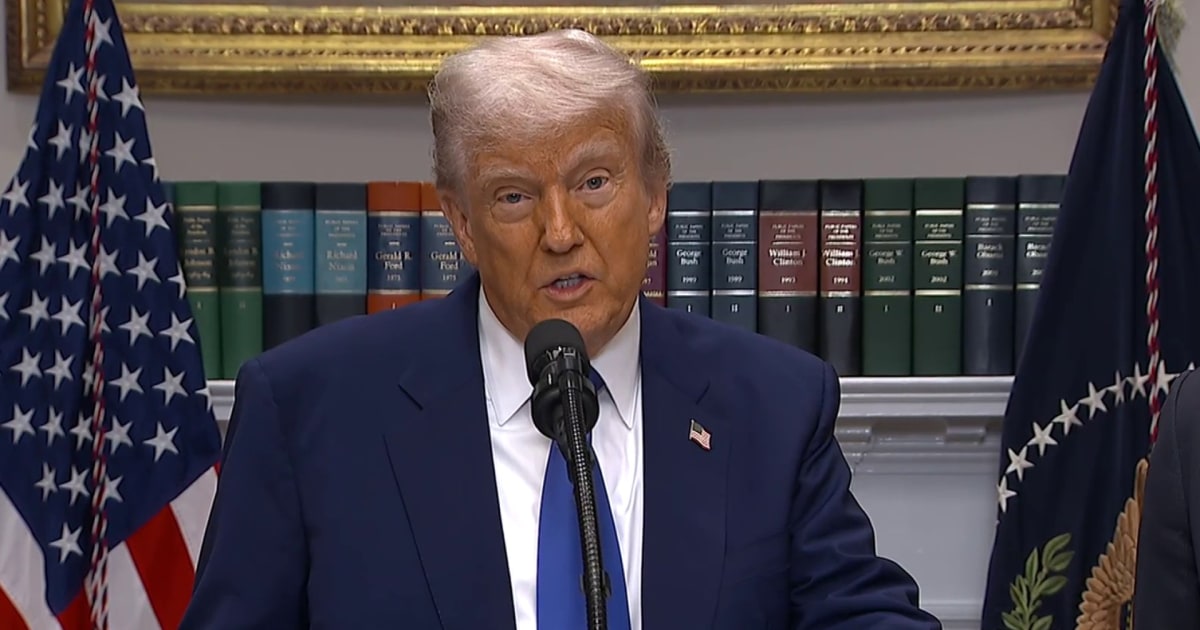Trump Unveils Ambitious Plan to Slash Prescription Drug Costs
Former President Donald Trump has announced a sweeping proposal to dramatically reduce prescription drug prices, aiming to alleviate financial strain on American households. The plan, revealed during a campaign rally in Pennsylvania on June 15, 2024, would leverage international pricing benchmarks and increased competition to lower costs. This initiative reignites a national debate over pharmaceutical affordability as healthcare remains a top voter concern.
The Core Components of Trump’s Drug Pricing Strategy
Trump’s proposal centers on three key pillars designed to disrupt the current pharmaceutical pricing model:
- International Pricing Index: Tying Medicare drug prices to the lowest costs available in other developed nations
- Importation Expansion: Accelerating FDA approval for safe drug imports from Canada and other countries
- Patent System Reform: Preventing “evergreening” tactics that extend monopolies on brand-name drugs
“We’re being robbed blind by pharmaceutical companies that charge Americans three times what they charge other countries for the same pills,” Trump stated during his announcement. “This ends the day I return to office.”
Potential Impact on Patients and Healthcare System
Recent data from the Kaiser Family Foundation shows 28% of Americans report difficulty affording prescription medications, with insulin prices soaring 300% over the past decade. Trump’s campaign cites analysis suggesting the plan could save Medicare $450 billion over ten years while reducing out-of-pocket costs for seniors by an estimated 40%.
Dr. Alicia Reynolds, a healthcare economist at the Brookings Institution, offers cautious optimism: “The international reference pricing concept has merit, but implementation details matter enormously. Without proper safeguards, we risk reducing access to newer therapies.”
Pharmaceutical Industry Pushback and Political Reactions
The Pharmaceutical Research and Manufacturers of America (PhRMA) immediately condemned the proposal, calling it “a blueprint for medical rationing.” Industry analysts warn such measures could reduce annual drug development funding by $20 billion, potentially delaying new treatments.
Democratic leaders have offered mixed responses. While Senate Majority Leader Chuck Schumer acknowledged the need for drug pricing reform, he cautioned: “We’ve seen these promises before. The Inflation Reduction Act already delivered real price reductions that Trump now wants to take credit for.”
Comparing Approaches to Drug Affordability
The debate highlights stark philosophical differences in addressing healthcare costs:
- Trump’s Market-Focused Approach: Relies on competition and international benchmarks
- Biden’s Regulatory Strategy: Uses Medicare negotiation powers established by the IRA
- Progressive Proposals: Advocate for direct government manufacturing of generic drugs
Health policy expert Mark Chenoweth notes: “This isn’t just about pricing mechanisms. It’s a fundamental disagreement about government’s role in healthcare markets that will play out through the election.”
Implementation Challenges and Legal Hurdles
Previous attempts at drug pricing reform have faced significant obstacles. The Trump administration’s 2020 “Most Favored Nation” rule was blocked by federal courts, while current Medicare negotiation provisions face multiple pharmaceutical industry lawsuits.
Key implementation challenges include:
- Navigating complex international supply chains for drug importation
- Preventing unintended shortages of critical medications
- Balancing innovation incentives with affordability demands
Voter Perspectives and Election Implications
With healthcare ranking as the second-most important issue for voters in 2024 (after the economy), the proposal could sway undecided voters. Recent polling by Pew Research shows:
- 78% of Americans support allowing Medicare to negotiate drug prices
- 62% favor importing cheaper drugs from Canada
- Only 34% trust pharmaceutical companies to price medications fairly
“This isn’t a red or blue issue – it’s a kitchen table issue,” observes political strategist Maria Gonzalez. “Whoever convinces voters they’ll actually deliver lower costs gains a powerful advantage.”
The Road Ahead for Drug Pricing Reform
As the policy debate intensifies, several developments will shape the future of prescription drug affordability:
- Supreme Court rulings on current Medicare negotiation cases (expected late 2024)
- State-level initiatives like Florida’s Canadian drug importation program
- Emerging bipartisan legislation on pharmacy benefit manager (PBM) reform
For consumers struggling with medication costs, advocacy groups recommend exploring existing assistance programs while urging lawmakers to prioritize the issue. “The human cost of inaction is measured in skipped doses and untreated conditions,” reminds Patients for Affordable Drugs director Ben Wakana. “Whatever the solution, we can’t afford more delay.”
As the election approaches, voters will ultimately decide which vision for drug pricing reform they trust – with millions of Americans’ health and financial security hanging in the balance. To stay informed on this critical issue, subscribe to our healthcare policy newsletter for ongoing coverage and analysis.
See more WebMD Network



